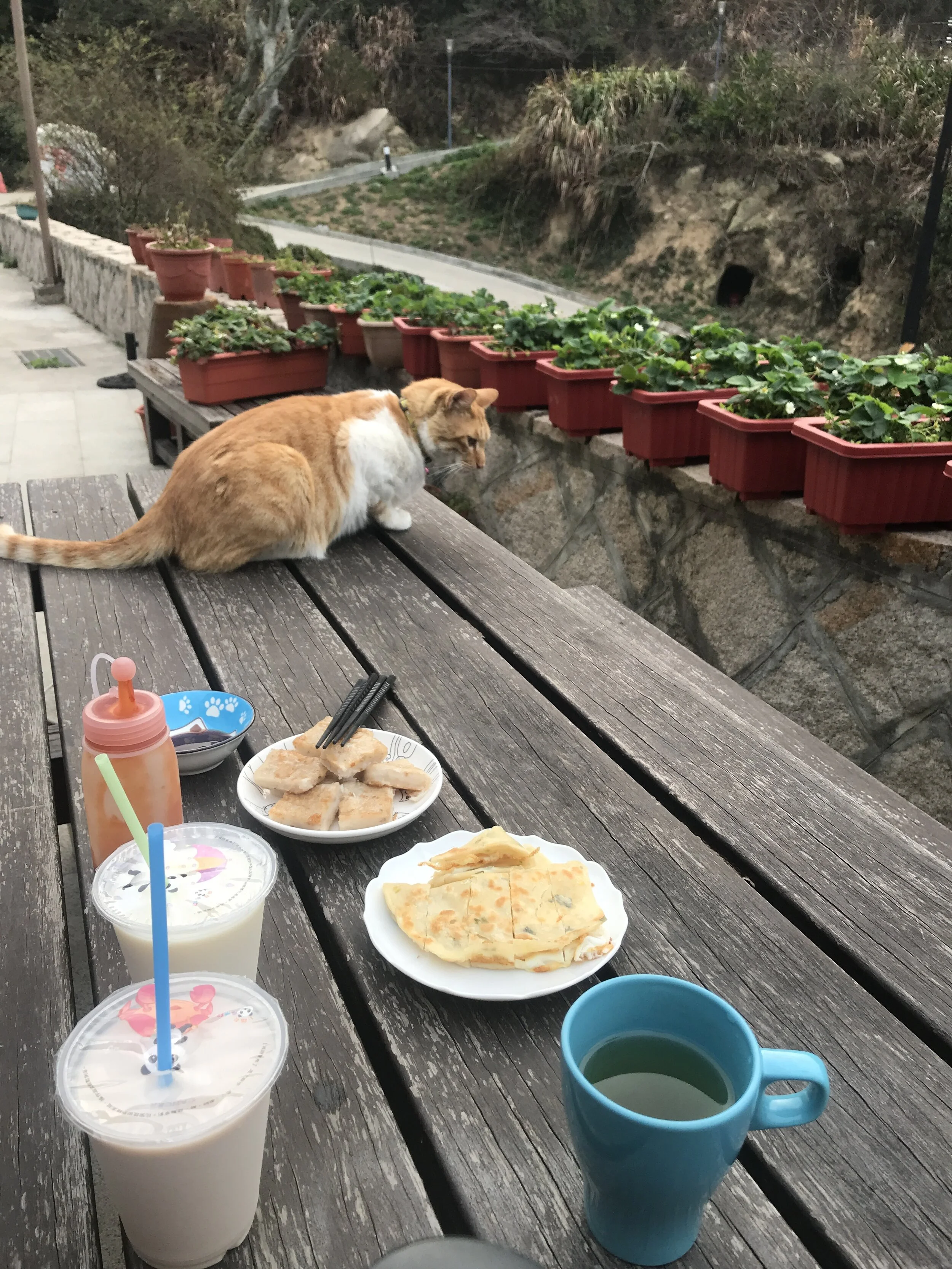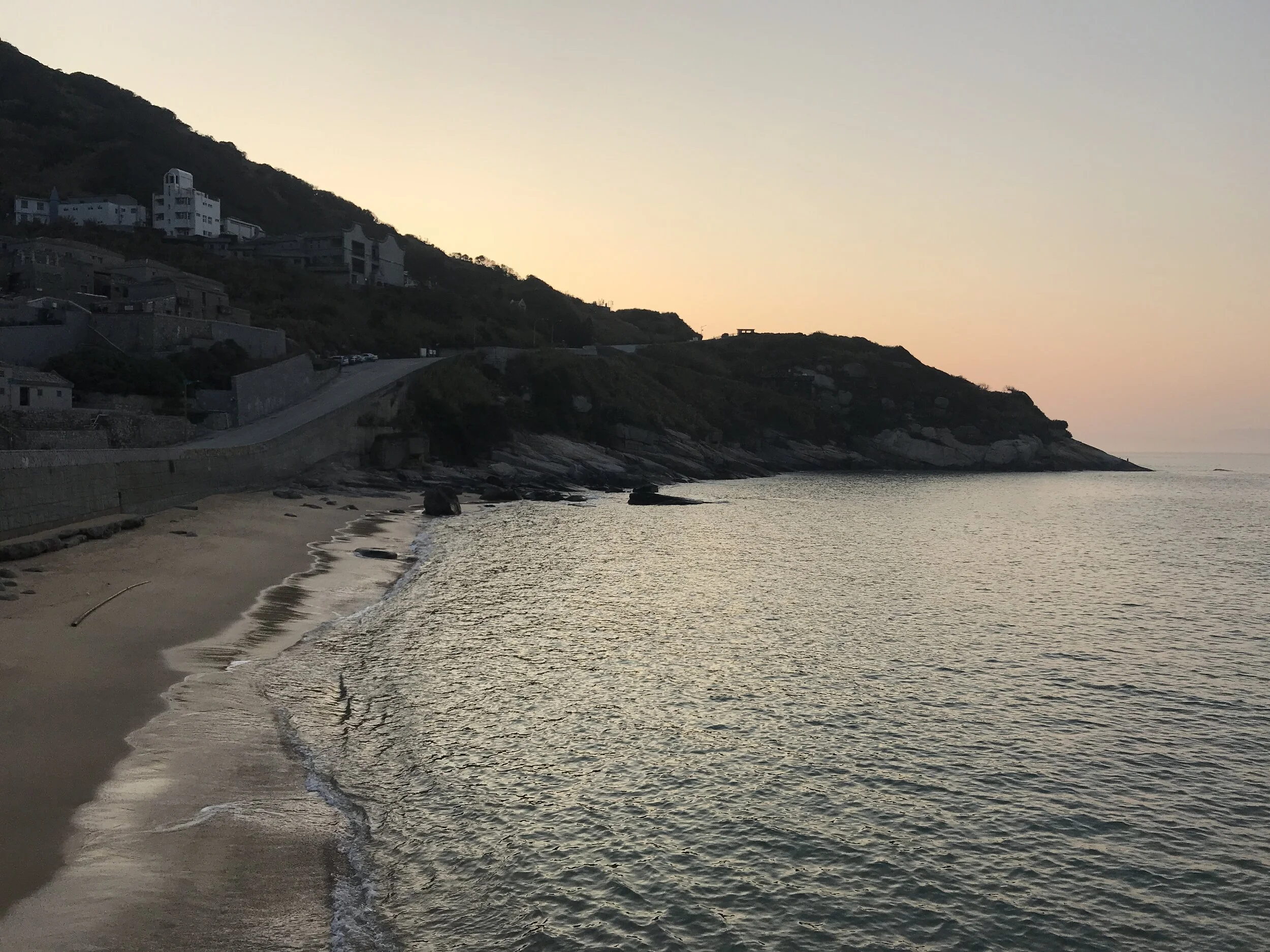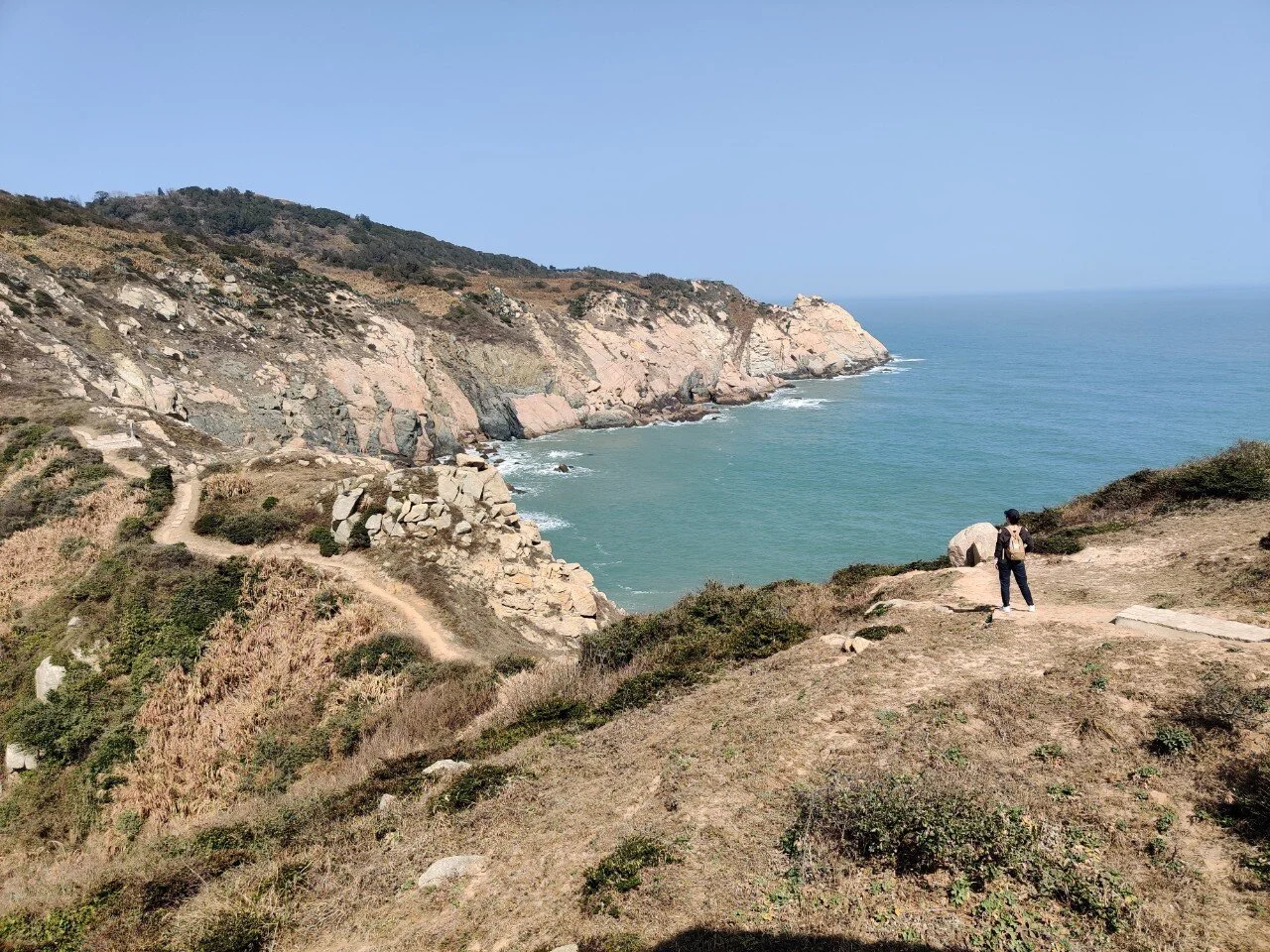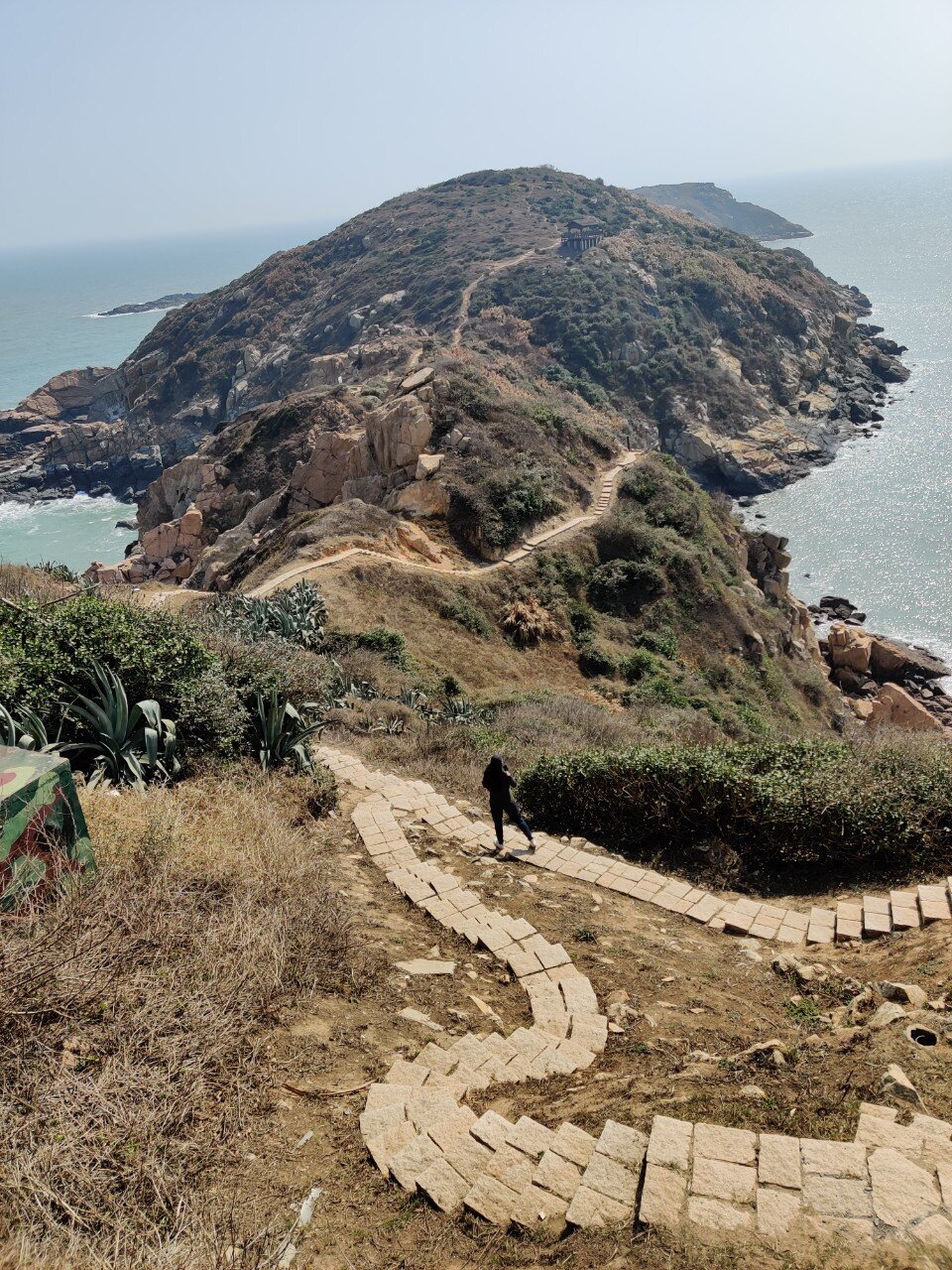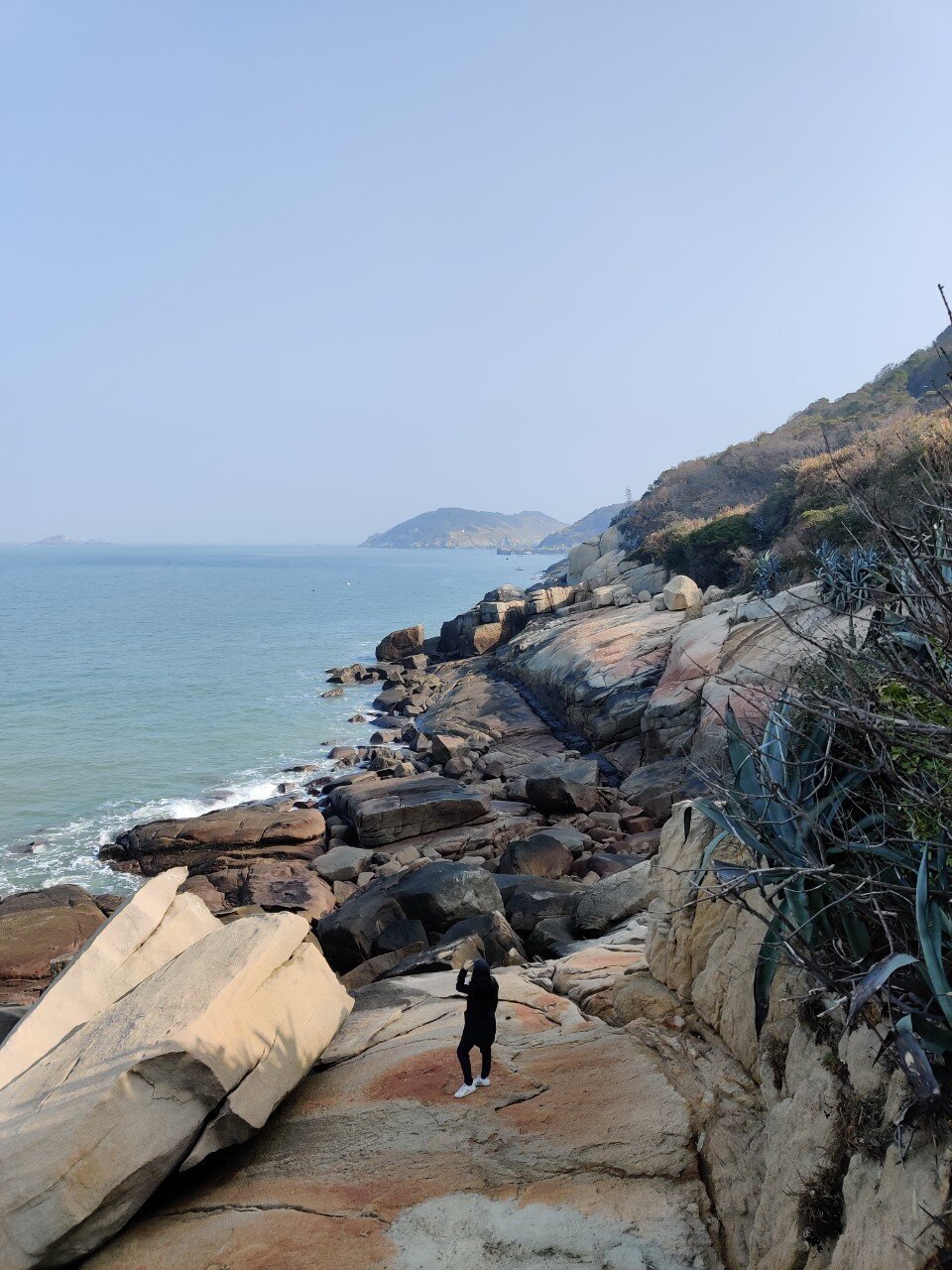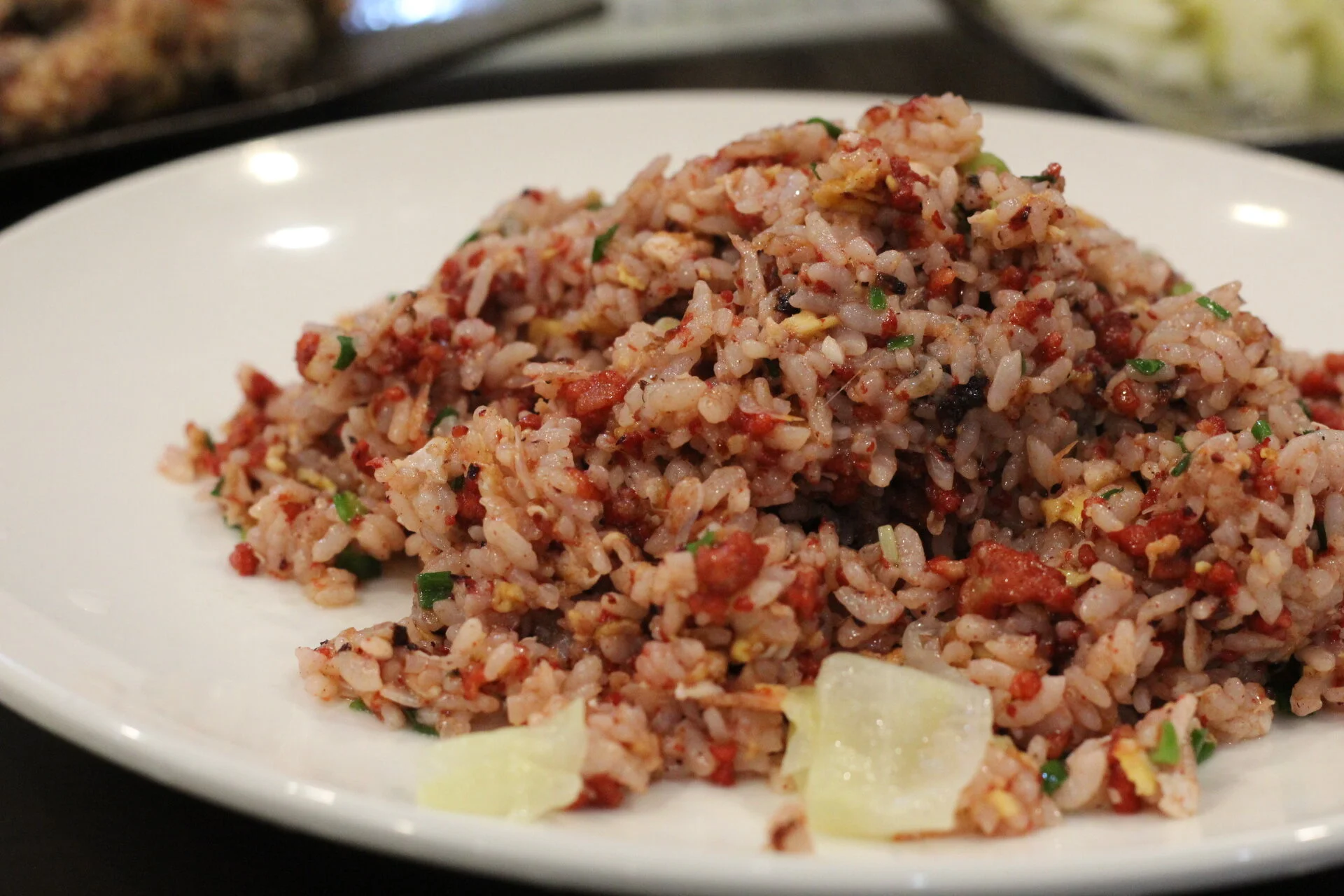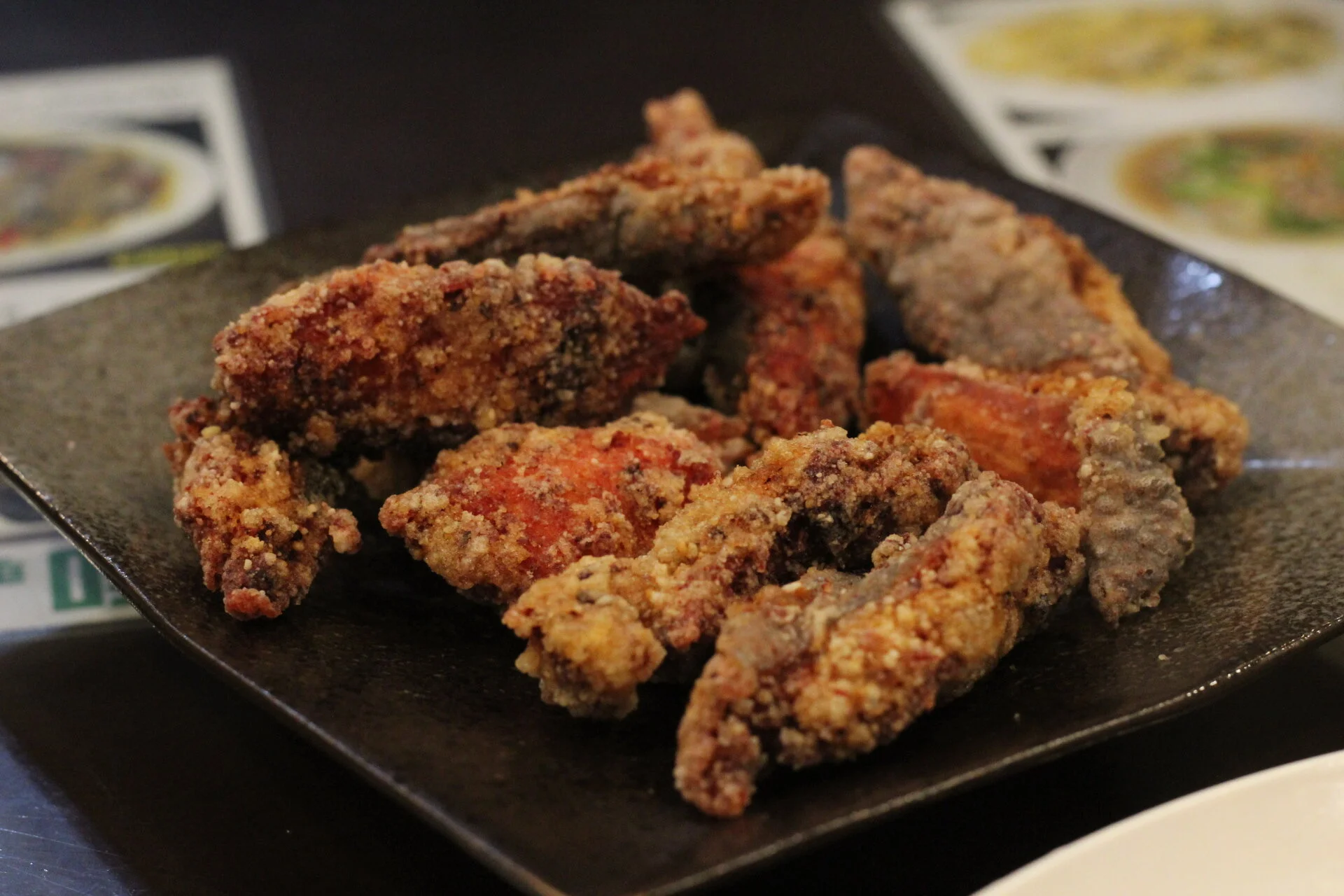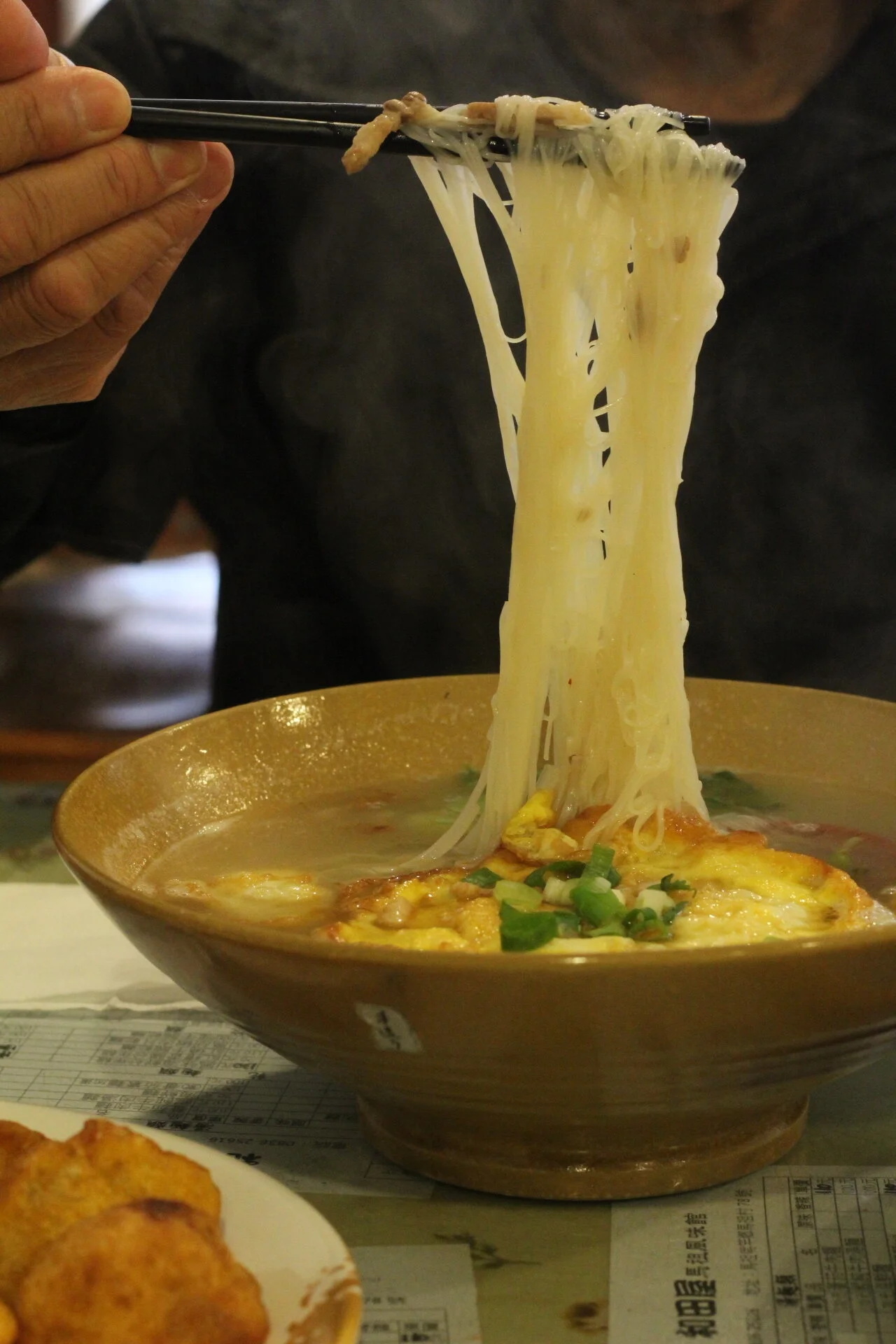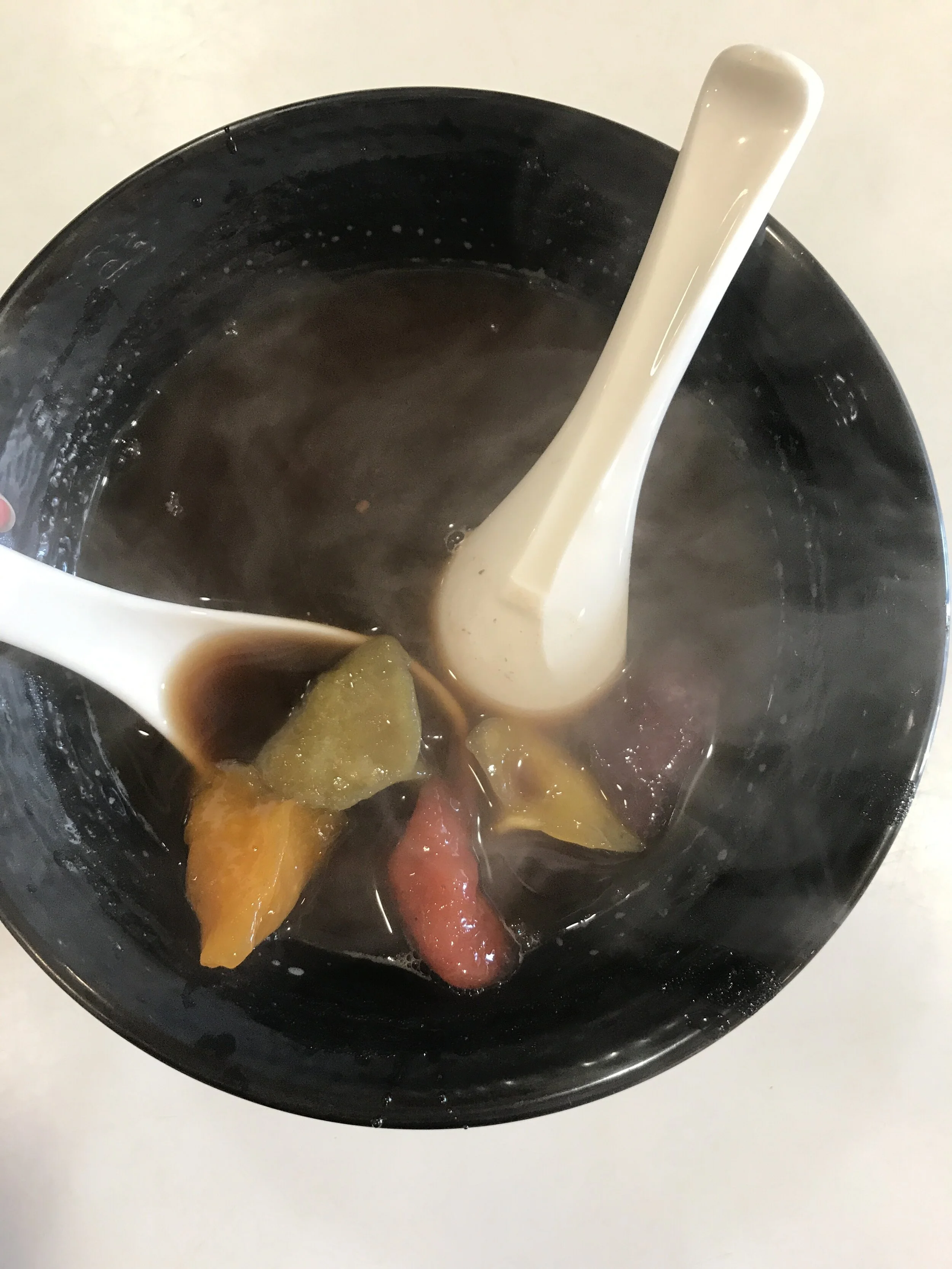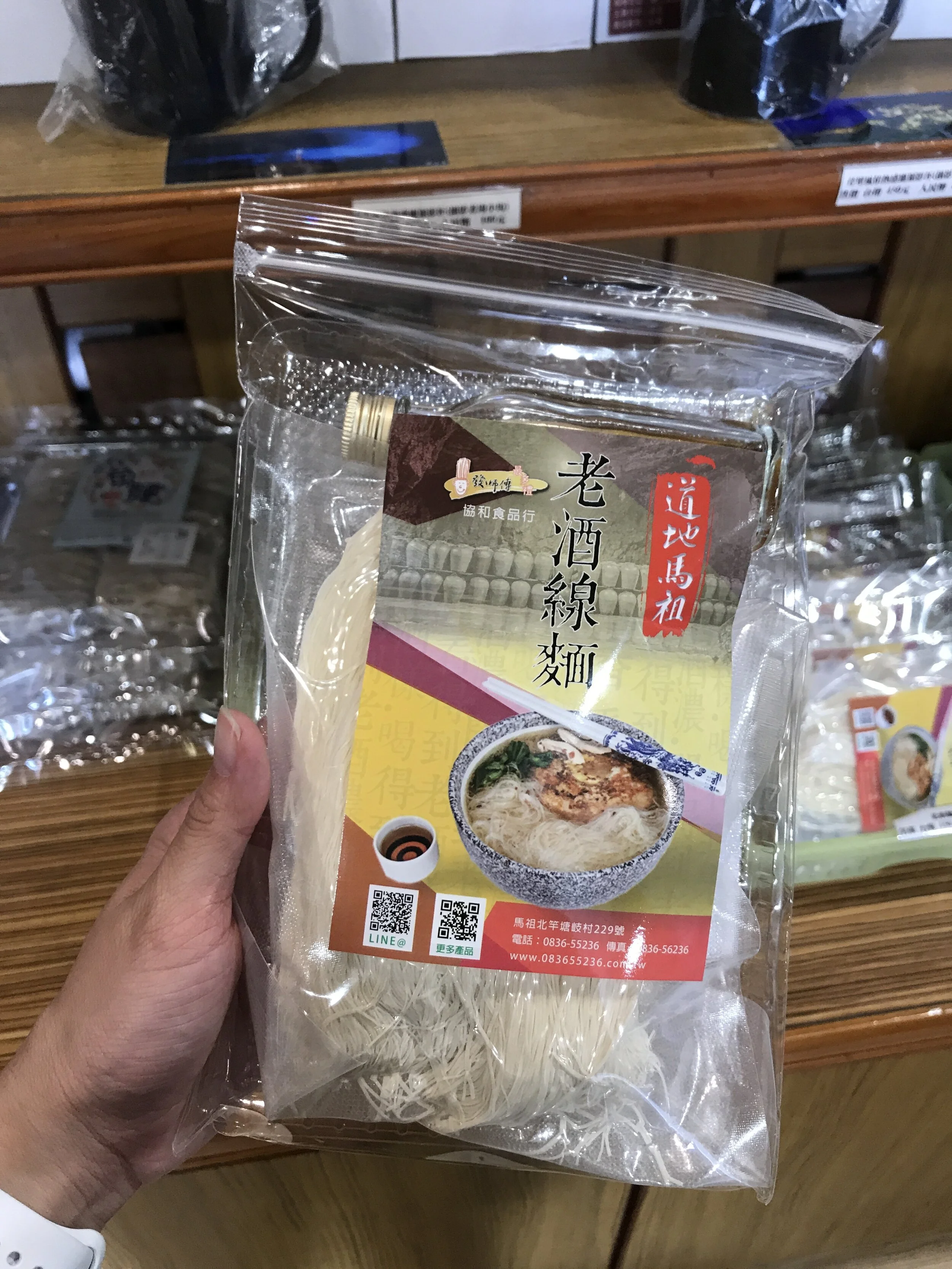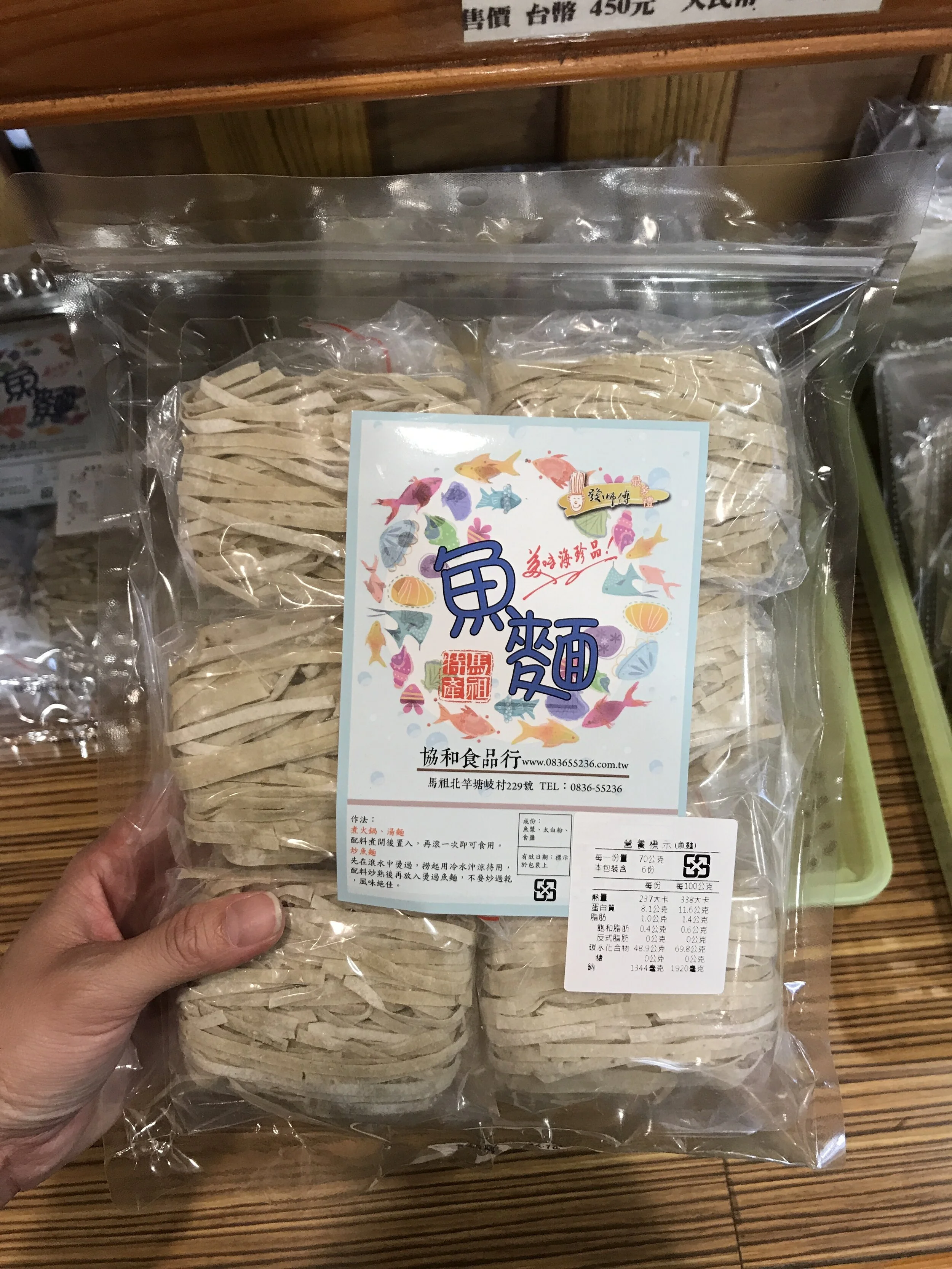Meandering Through Matsu: Exploring ROC’s smallest county, Matsu Islands (Beigan)
Qinbi Village at sunset
Hello friends! Happy September! I am six months into my new job and have been adjusting back to life in the US, so it has taken me a while to have some downtime to myself to organize my thoughts and photos. During the last few months of my time in Taiwan, I sought out to check a few places off of my Taiwan bucket list, which included the islands of Kinmen, Matsu and Xiaoliuqiu. I was really fortunate to be able to spend time with my dad, who had to go through a tough two weeks in quarantine in a small room with no window without stepping foot out of his room. Without further adieu, let’s jump into what we did in Matsu 馬祖列島, also known as Matsu Islands or Lienchiang County 連江縣, an archipelago of 36 islands officially governed by the Republic of China.
Similar to Kinmen Islands, Matsu has a complicated relationship between the Republic of China and the People’s Republic of China, situated closer to the mainland than to the island of Taiwan. We only had four days (an extended weekend) to explore before the start of Chinese New Year, so I chose to visit Beigan and Nangan, the two largest islands out of the archipelago. Most choose to spend a day or two on each island, but I discovered that I preferred a homestay on the island of Beigan, thus choosing to stay all three nights on Beigan and taking a boat back and forth to visit Nangan. If you choose to do the same, just make sure you pay attention to the last boat heading back from Nangan to Beigan - don’t want to miss that!
How to get to Matsu: Beigan
We took a flight from Taipei (Songshan Airport) to Matsu Beigan Airport, which has a pretty set price on Uni Airways of approximately $138-145 (under 4000 NT)round trip. For my dad, he received a senior discount and it was about $70 round trip (2000 NT) which was a great deal. Another alternative was an overnight boat from Keelung Port, which was a 10-12 hour trip and not for the faint of heart / prone to seasick. It still was 2000 NT or so on average, so we went for the flight to save time.
Where to Stay: Beigan
A sweet cat accompanying us during breakfast at Qinbi Villa Homestay
I can’t speak for Nangan’s accommodations as I really enjoyed the homestay that we chose on the island of Beigan, near Qinbi Village. Qinbi, as I’ll get into right after this, is Matsu’s very own Mediterranean village, a local version of the Amalfi Coast perhaps. The place we stayed was called “Chinbe Villa” on Google maps 芹壁山莊民宿&咖啡 and offered free airport pick up and drop off, which was very convenient. The owners were very kind and the rooms were clean and affordable, would highly recommend. We went during off-peak season (Nov-March) so the price was approximately 1800 NT per night ($60 USD). Prices listed in Chinese here - if you want to book, add them on Line and they will confirm the availability for you. It technically was walking distance to Qinbi, but there was nothing else around so a scooter (we rented through the homestay) was provided to get around the island. Beigan is a tiny island in comparison to Nangan, so I would recommend a full day and you’ll be able to see everything. Breakfast was provided here - would recommend if you enjoy animals (cats were everywhere!).
Beigan Attractions
We chose the weekend before CNY to visit, so it was most likely the quietest time of the year as most people prepared to go home for the holiday, closing up shop in preparation. Some of the restaurants were closed and all of Qinbi Village was shut down. Although we didn’t have the selection that peak season would offer, we really enjoyed the peacefulness of the village and the gorgeous sunsets that blanketed the Fujian-style stone buildings. Even if you have only have time to do one thing in Beigan/Matsu, I would put this on the top of the list. I could have spent an entire afternoon reading there and listening to the ocean waves crashing along the beach.
Qinbi Village at sunset
Qinbi Village’s Fujian-style architecture
Although Nangan has a larger variety of attractions, it is also more crowded than Beigan. Beigan was incredibly peaceful, and we were able to explore most of the island on the first day that we were there. The hills were so steep, so a car might have been a better option, but a scooter was all we had. If you can picture two of us leaning as far forward as we could go up the vertically-inclined hills, with the poor scooter chugging as hard as it possibly could, that’s where we were at. It was also very windy and cold, so be aware if you are also visiting during this time! (February)
I would also recommend visiting:
Mazuboyin Broadcasting Station 馬祖播音站
War and Peace Memorial Park Exhibition Center 戰爭和平紀念公園主題館
and the Statue of Confucius 海上孔子像
Bishan Lookout 壁山觀景臺
Mazuboyin Broadcasting Station
On the trail to see a rock in the likeness of Confucius (War & Peace Memorial Museum)
Where to eat
紅糟炒飯 Red yeast fried rice
紅糟魚 Red yeast fried fish
老酒麵線 Rice Wine Thin Noodles
I honestly think we ate at every single restaurant that was open (almost) in Matsu during the four days that we had on the island. On the first night, we didn’t have many options as most were already closed, but I knew that I had to try the red yeast fried rice (紅糟炒飯) so I sought out to find it on any menu. We ended up at 龍和閩東風味館 which was average, but it had a few staples that I got to sample. (Also known as red vinasse (?) it is apparently healthy and made during the rice wine fermentation process. It wasn’t a very strong flavor despite its bold appearance.
A few other staples that we discovered in town:
Sweet potato dumplings (served warm during the cold months and over shaved ice during the summer months) and rice wine noodles. Most restaurants in Matsu serve rice wine noodles, red yeast fried rice and fish noodles, so you’ll be able to find them at almost any shop you pop into. In my honest opinion, the food wasn’t as flavorful as Kinmen’s food, but it was unique in its own right. You could also bring packaged fish noodles and packages of rice wine noodles back home as gifts for friends and family. The dumplings and souvenirs were found at a small shop here 協和食品行.
Thanks for reading! Stay tuned for part two: Nangan and the endless tunnels that we found ourselves in :)

